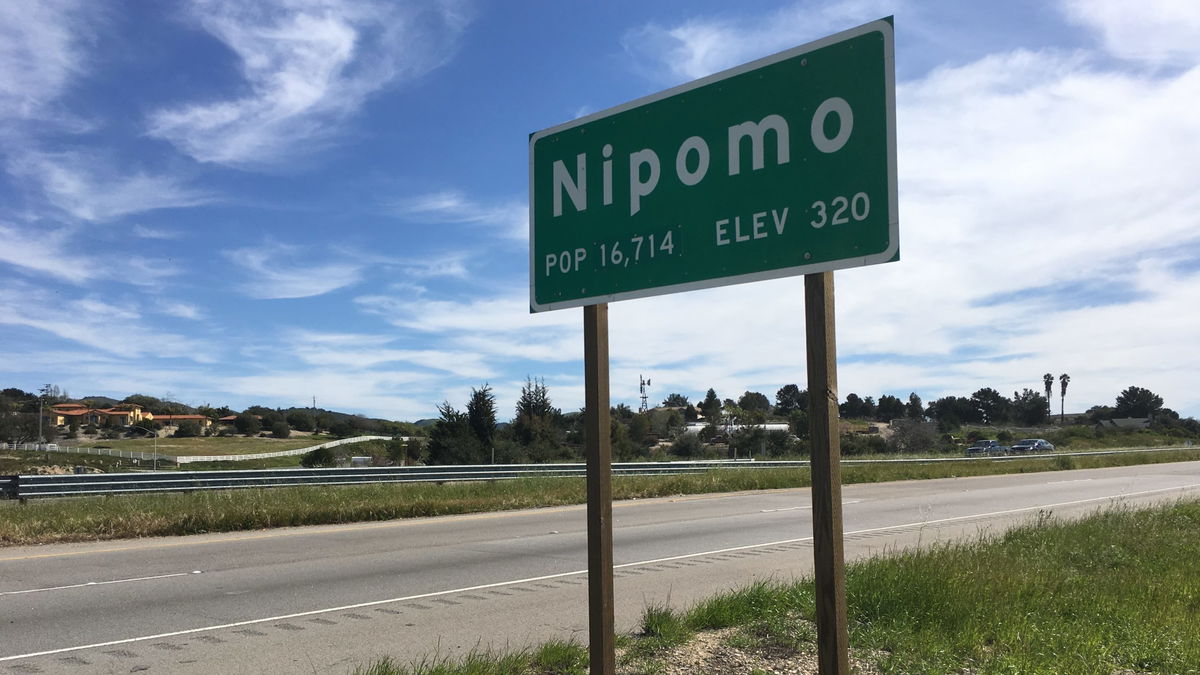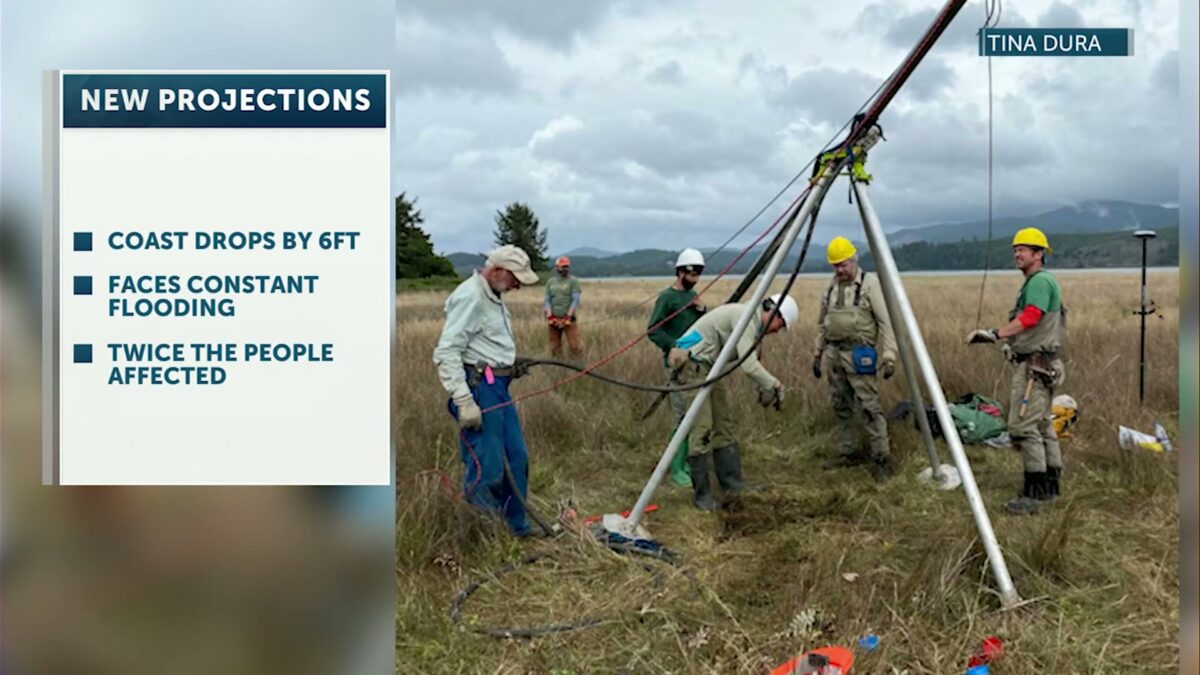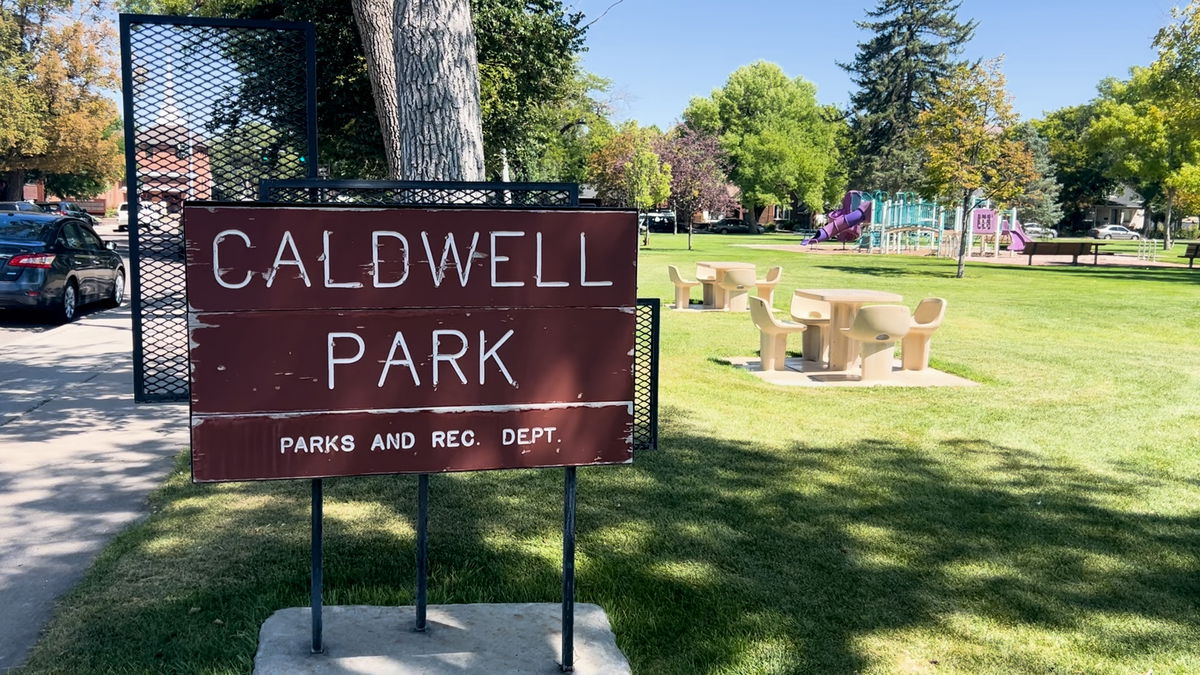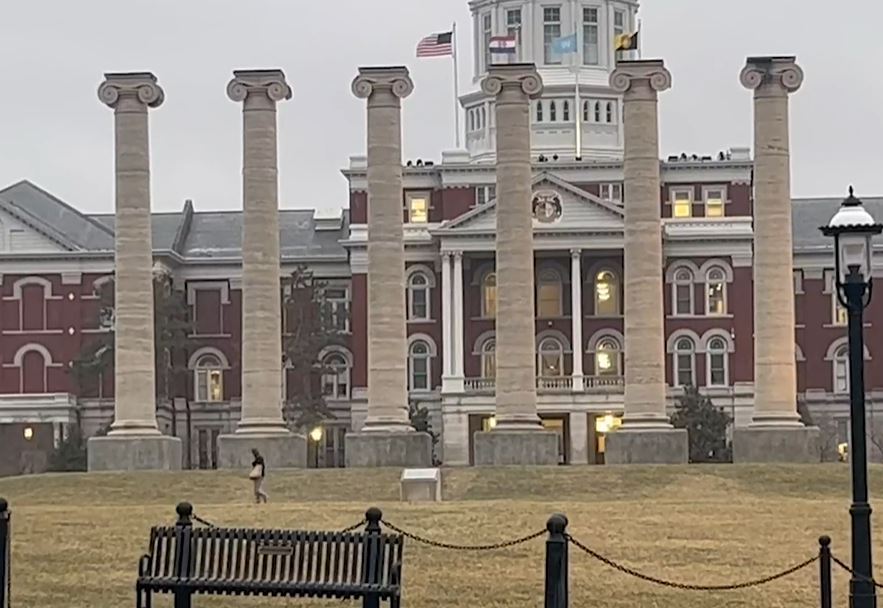NBC News
By Evan Bush, NBC News
EUGENE, Ore. (NBC) — When an earthquake rips along the Cascadia Subduction Zone fault, much of the U.S. West Coast could shake violently for five minutes, and tsunami waves as tall as 100 feet could barrel toward shore. But that’s just the start of the expected horrors.
Even if coastal towns in Northern California, Oregon and Washington withstand that seismic onslaught, new research suggests, floodwaters could seep into many of these vulnerable communities for good. That’s because entire coastal shorelines are expected to drop by as much as 6½ feet when the earthquake strikes, according to new research published Monday in the Proceedings of the National Academy of Sciences.
Researchers analyzed seismic and flood modeling to produce some of the most detailed estimates of how the Cascadia earthquake would drop — or subside — coastal shorelines and found that it could affect more than double the number of people, structures and roads currently at risk. The effect will also worsen over time, as intensifying climate change raises sea levels further.
“This lesser talked about hazard is going to persist for decades or centuries after the earthquake,” said Tina Dura, the study’s lead author. “The tsunami will come in and wash away and it’s going to have big impacts, don’t get me wrong, but the lasting change of the frequency of flooding … that’s going to have to be dealt with.”
Dura said geologic fossil evidence shows that previous Cascadia earthquakes immediately dropped the land level and turned dry ground into tidal mudflats in estuaries along the Pacific Northwest.
“That’s going to happen again and we’ve built up a lot of those areas,” said Dura, who is an assistant professor of geosciences at Virginia Tech. “That’s how we have ports there … and that’s where we built towns, and all that area is going to drop down maybe over a meter, up to two meters.”
The Cascadia Subduction Zone fault, which runs offshore along North America’s West Coast from Northern California to northern Vancouver Island, represents a looming threat. The fault has the capability to produce a magnitude-9.0 earthquake, and a large temblor is expected there at least once every 450-500 years, on average. The last of those major quakes occurred in 1700.
The National Seismic Hazard Model suggests there is a 15% chance a magnitude-8.0 earthquake or stronger will rupture along the zone’s margin within the next 50 years.
When the fault rips, experts have said, it will precipitate the worst natural disaster in the nation’s history. A 2022 state and federal planning exercise for a Cascadia earthquake predicted about 14,000 fatalities, more than 100,000 injuries and the collapse of about 620,000 buildings in the Pacific Northwest, including 100 hospitals and 2,000 schools.
The new research suggests that coastal planners must seriously reckon not only for the threat of intense shaking and tsunami waves, but also for the long-term reshaping and rapid sinking of the coastline itself.
“There’s the flood itself and then there’s the basically permanent change to land level at the coast, and that has a big impact for what those communities have to plan for,” said Harold Tobin, the director of the Pacific Northwest Seismic Network and a professor at the University of Washington, who was not involved in the new research. “Where are you going to put your school or hospital? Where are you going to build your transportation network? I think it’s important to take the long view.”
After the earthquake, Dura’s research suggests, large portions of towns along the Pacific Northwest coastline, such as Seaside, Oregon; Westport, Washington; and Aberdeen, Washington, would be expected to flood at least once every 100 years, if not more often.
The study also points out that sea level rise is accelerating as climate change intensifies, and the effects of post-earthquake flooding could worsen in the future.
Global mean sea levels have risen by about 8 to 9 inches since 1880, according to the National Oceanic and Atmospheric Administration. Sea level rise is expected to dramatically accelerate in coming decades because of global warming, with NOAA predicting another 10 to 12 inches on average by midcentury.
Where you live could determine how dramatic sea level rise appears, and how it affects the coastline.
While land in some regions of the U.S., like the Chesapeake Bay in Virginia, is slowly sinking in a process called subsidence, parts of the Pacific Northwest have been rising because of continental uplift. That rise in land level has offset some of the sea level rise to date.
The uplift is the result of stress building up within the tectonic plates that form the Cascadia subduction zone offshore. At the subduction zone, the Juan de Fuca plate is being forced beneath the continental North American plate. This causes the North American plate to bow upward slightly, pushing the land level higher.
Right now, the subduction zone fault is quiet and building stress. When the fault ruptures, the bowing of the plate will release and cause a rapid subsidence of the land level, essentially erasing centuries of uplift in an instant.
“That happens in minutes, and it can be on the order of meters,” Dura said. “The land persists down, and that can be for, like I said, decades and centuries. And so any areas that are kind of on the cusp of the floodplain are now in it.”
—
University of Oregon news release:
Flood risk increasing in Pacific Northwest
April 28, 2025 — The next great earthquake isn’t the only threat to the Pacific Northwest.
A powerful earthquake, combined with rising sea levels, could significantly increase flood risks in the Pacific Northwest, impacting thousands of residents and properties in northern California, Oregon, and Washington, according to new Virginia Tech research.
A study published this week in the Proceedings of the National Academy of Sciences found that a major earthquake could cause coastal land to sink up to 6.5 feet, expanding the federally designated 1 percent coastal floodplain, an area with a 1-in-100 chance of flooding each year, by 35 to 116 square miles.
“The expansion of the coastal floodplain following a Cascadia subduction zone earthquake has not been previously quantified, and the impacts to land use could significantly increase the timeline to recovery,” said researcher Tina Dura, lead author of the study and assistant professor of geosciences in the College of Science.
The research shows the most severe effects would hit southern Washington, northern Oregon, and northern California, densely populated areas in the region.
Dura’s team generated tens of thousands of earthquake models to estimate the potential range of earthquake-driven subsidence — sinking land — that can be expected from the next large Cascadia earthquake. Then, using geospatial analysis, the team quantified the earthquake-driven expansion of the 1 percent floodplain at 24 estuaries and communities along the Cascadia subduction zone. Because the timing of the next large earthquake is uncertain, the team modeled the impacts of an earthquake striking today or in 2100, when climate-driven sea-level rise will further amplify the impacts of earthquake-driven subsidence.
The study estimates that following an earthquake today, an additional 14,350 residents, 22,500 structures, and 777 miles of roadway would fall within the post-earthquake floodplain, more than doubling flood exposure. Potential flooding would affect five airports; 18 critical facilities, including public schools, hospitals, police stations, and fire stations; eight wastewater treatment plants; one electric substation; and 57 potential contaminant sources, including animal feeding operations, gas stations, and solid waste facilities.
By 2100, the Intergovernmental Panel on Climate Change (IPCC) localized relative sea-level rise projections show that sea levels along the Cascadia subduction zone could be up to 3 feet higher than today. This climate-driven sea-level rise will amplify the impacts of future earthquake-driven subsidence, more than tripling the flood exposure of residents, structures, and roads.
“Today, and more so in 2100 as background sea levels rise, the immediate effect of earthquake-driven subsidence will be a delay in response and recovery from the earthquake due to compromised assets. Long-term effects could render many coastal communities uninhabitable,” said Dura, an affiliate with the Global Change Center.
Current low-lying land developed for cattle grazing and farming through diking and draining will experience heavy economic loss as increased tidal inundation will cause over salinization of soils and render them unusable. Additional impacts include erosion of natural systems, particularly coastal estuaries, intertidal wetlands and protective dunes and beaches. These act as buffers against storm surges and help to dissipate wave energy to prevent sediment erosion and protect property damage. According to Dura, the loss of these ecosystems may not be recoverable, and inland movement may be constrained by topography and human development.
“The loss of intertidal wetlands directly impacts ecosystem services such as water filtration, habitat for fisheries and shorebirds, and carbon storage capacity,” said Dura, an affiliate with the Fralin Life Sciences Institute. “Intertidal wetlands function as natural carbon sinks, and their erosion or conversion to tidal flats significantly reduces their ability to sequester carbon.”
The Cascadia subduction zone is one of many regions in the “Ring of Fire,” where the Pacific Plate meets another tectonic plate, causing the strongest earthquakes in the world and the majority of volcanic eruptions. However, a great earthquake — those with a seismic magnitude over 8.0 — has not occurred along the Cascadia subduction zone since Jan. 26, 1700, making coastal geologic records of past earthquakes and associated subsidence critical for understanding this hazard.
Dura and her team are documenting geologic evidence of past earthquake-driven subsidence as the Paleoseismology Working Group Lead within the Cascadia Region Earthquake Science Center (CRESCENT), a center at the University of Oregon funded by the National Science Foundation that is providing a collaborative framework to tackle multidisciplinary scientific and societal challenges at the Cascadia subduction zone.
Their research of geologic evidence from the last six to seven thousand years indicates that 11 great earthquakes have happened approximately every 200 to 800 years in the Pacific Northwest. The last earthquake in the region resulted in between 1.5 to 6.5 feet of land along the coastline immediately sinking.
“Cascadia is a unique place. It’s not super heavily populated, but most estuaries have a community in them, and they’re all right in the zone of subsidence,” said Dura. “This is honestly where I think the subsidence could have bigger impacts than it has during other recent large earthquakes around the world.”
Global relevance
Subduction zones, which can also be found off the coasts of Alaska, Russia, Japan, Indonesia, New Zealand, and South America, are all similar in that one tectonic plate slides beneath another. Along portions of these subduction zones, there is an initial uplift in the top plate. Pressure between the two plates gradually builds over centuries. The resultant earthquake is created when the plate above become unstuck. Offshore, the plate rises, forcing an upward water surge that leads to a tsunami. Onshore, the plate subsides, immediately dropping the coastline up to 6.5 feet.
The earthquake shaking begins the process. For a magnitude 9 earthquake or over, that takes about four to six minutes. While the shaking is occurring the land is dropping, and, depending on tidal conditions, low-lying areas may experience immediate flooding. Within 15 to 20 minutes the tsunami hits with further flooding. The entire process takes no longer than 30 minutes, and multiple tsunami waves may occur over one to two hours. However, the sinking of the land will persist for decades to centuries after the earthquake.
According to Dura, the 1960 Chile earthquake submerged a pine forest and farms, converting them to tidal marshes, and it flooded coastal towns, forcing residents to abandon their homes; the 1964 Alaska earthquake forced the relocation of communities and airstrips to higher ground; the 2004 Sumatra-Andaman earthquake destroyed waterfront aquaculture and caused coastal erosion; and the 2011 earthquake in Japan caused erosion, disrupted ports, and contributed to a nuclear disaster.
“Given the global prevalence of subduction zones, these insights hold relevance beyond Cascadia, informing hazard assessments and mitigation strategies for tectonically active regions worldwide,” Dura said.
Click here to follow the original article.










